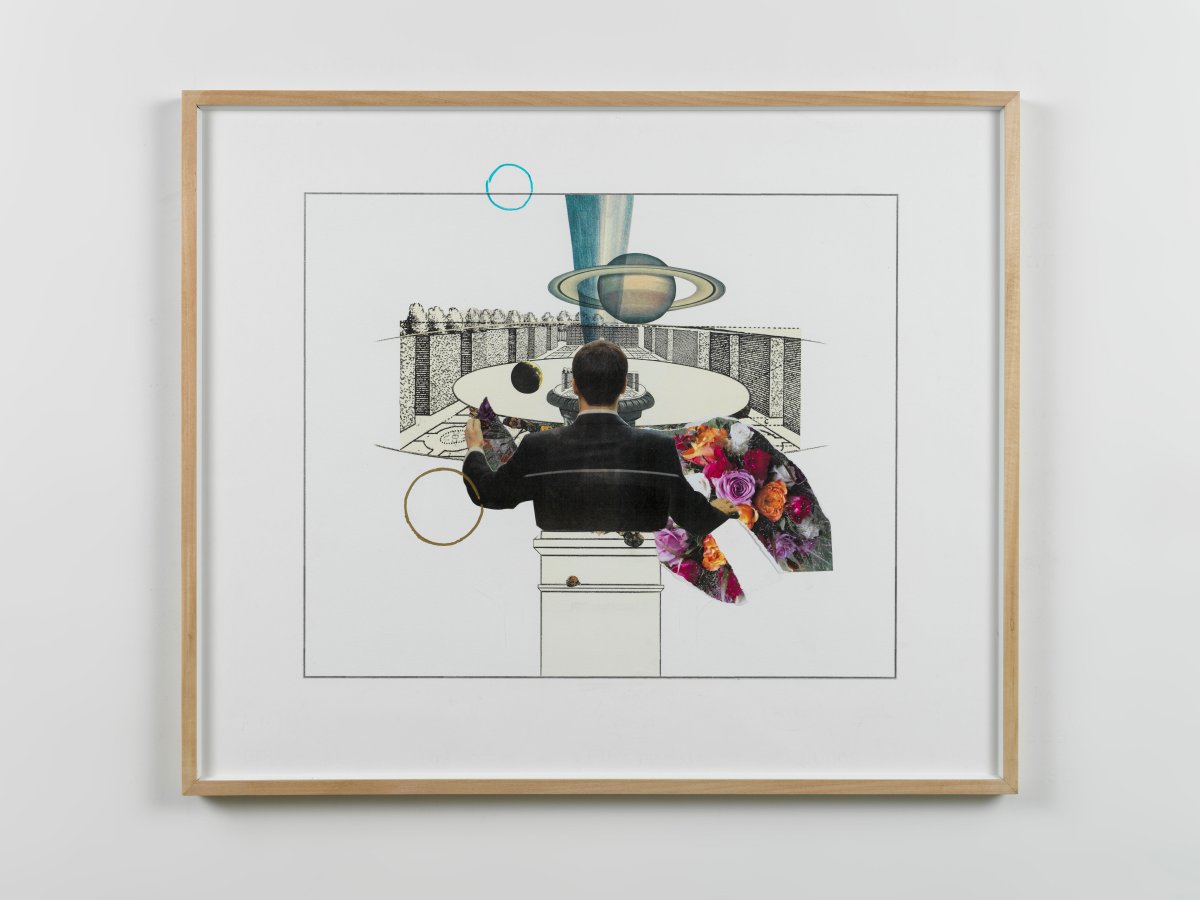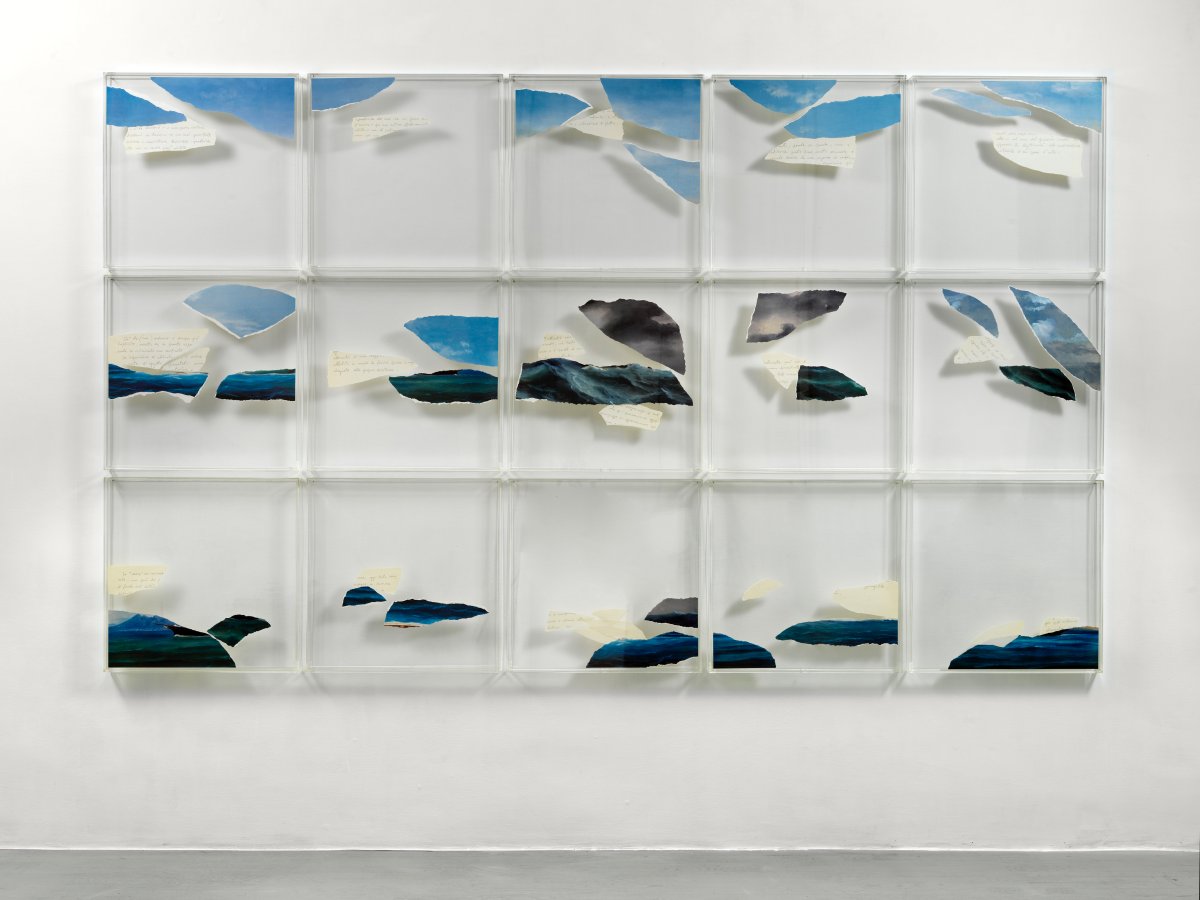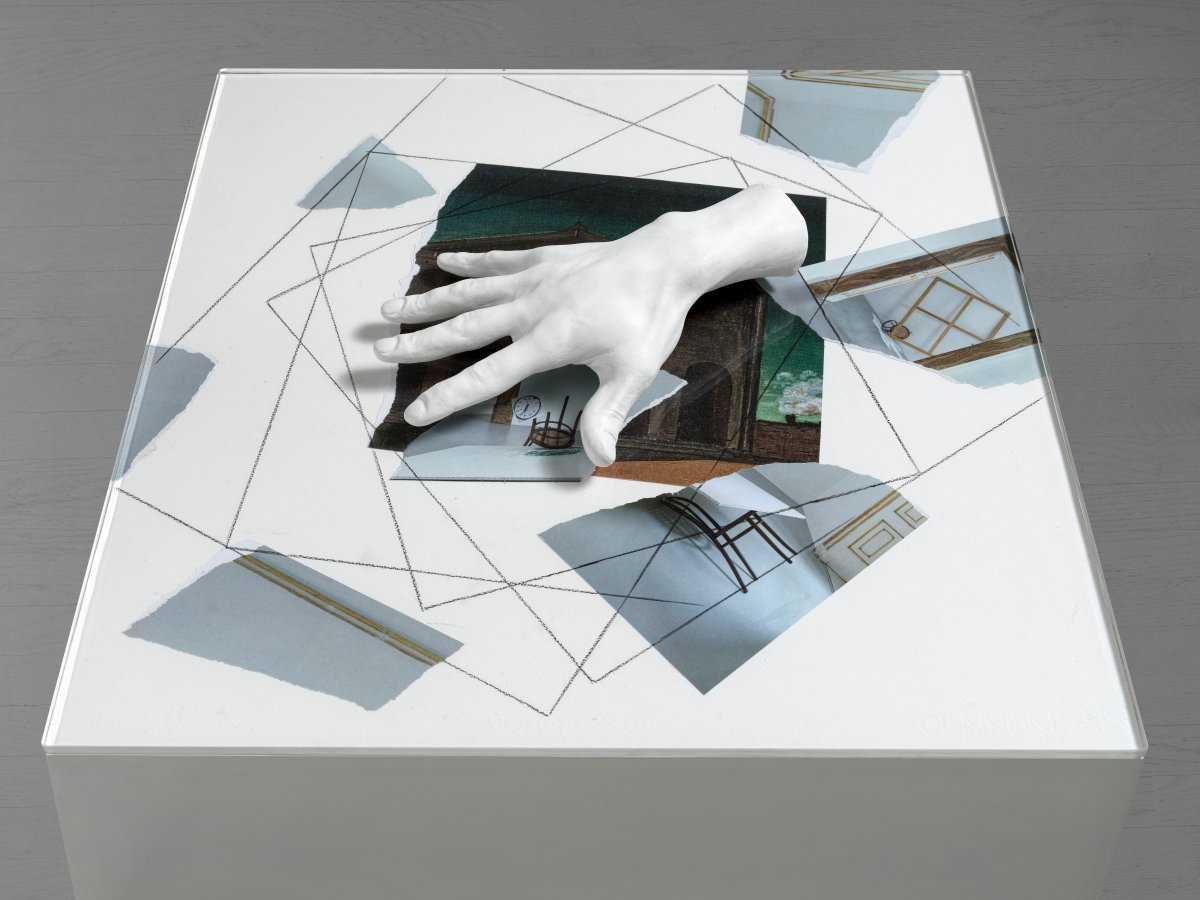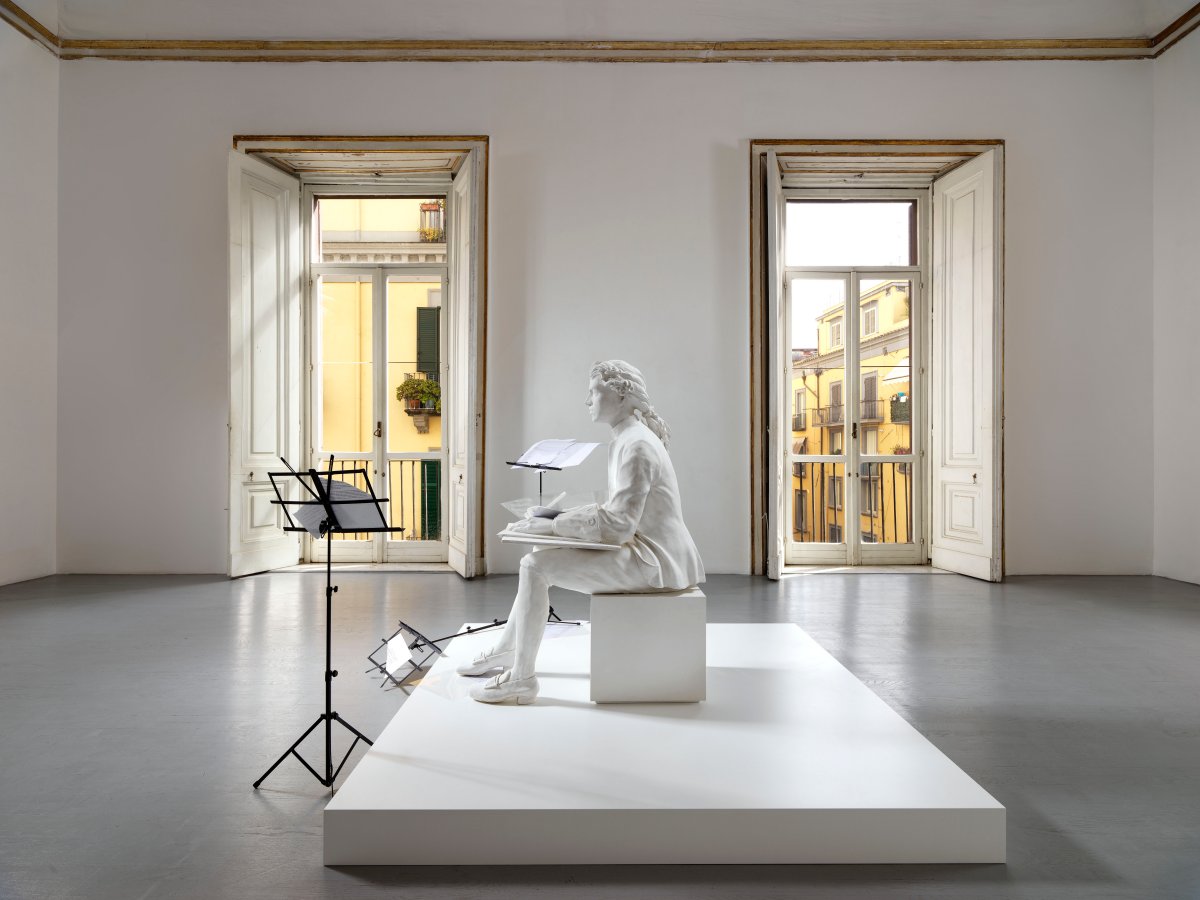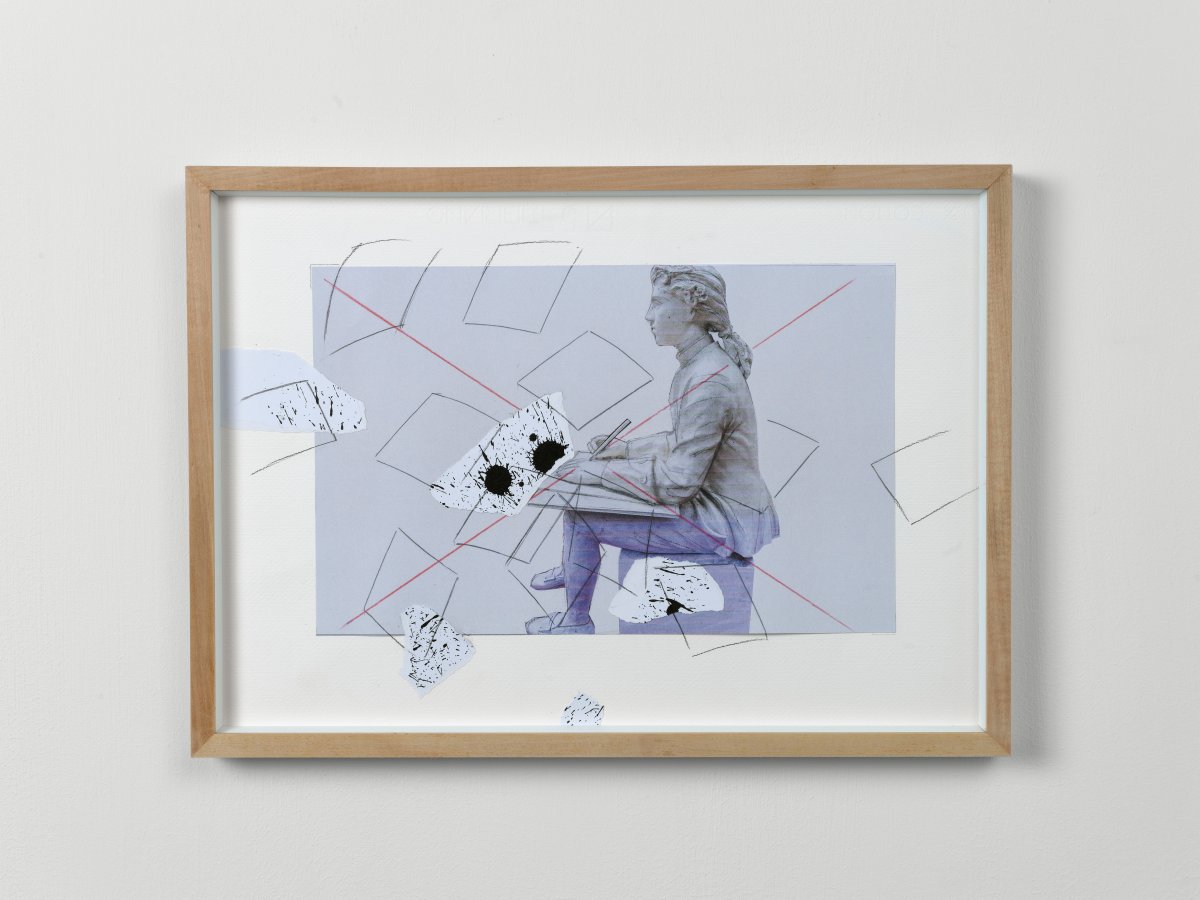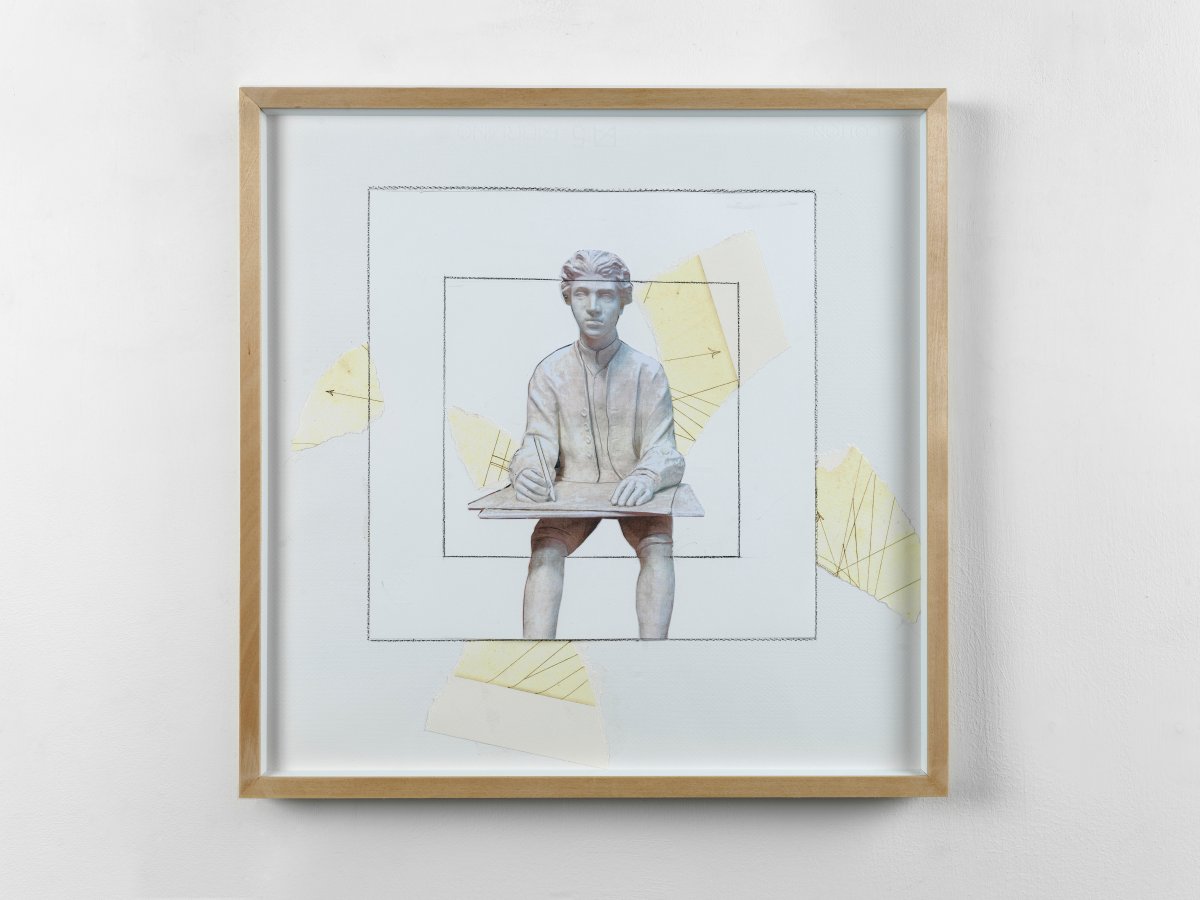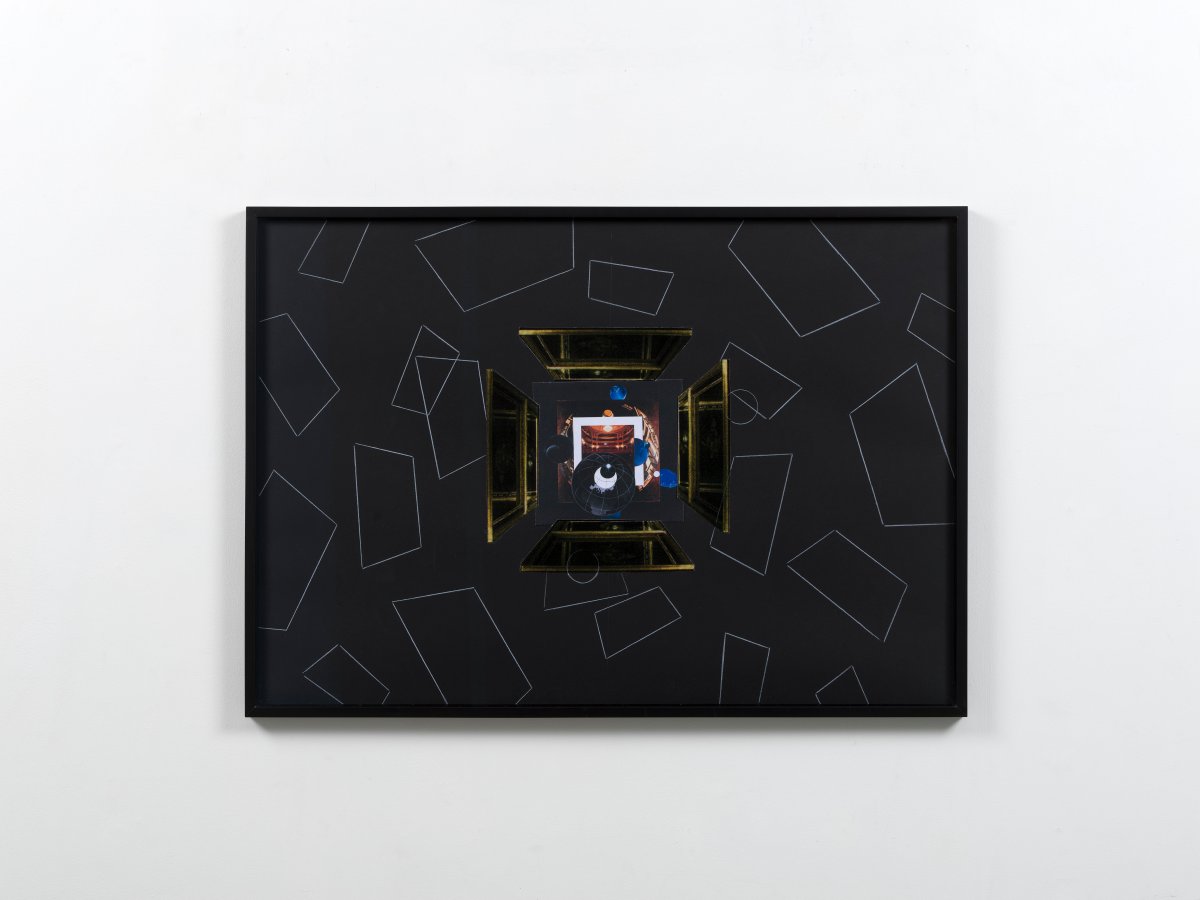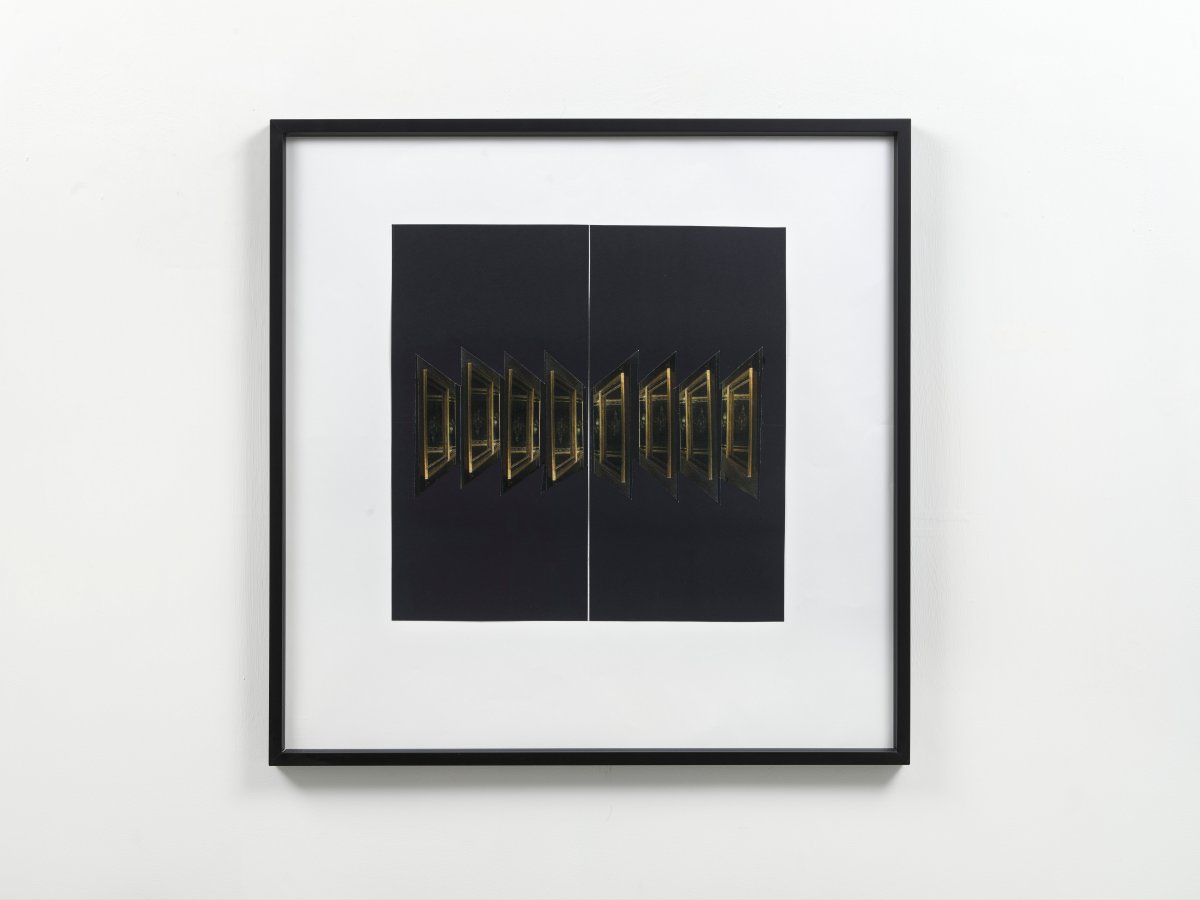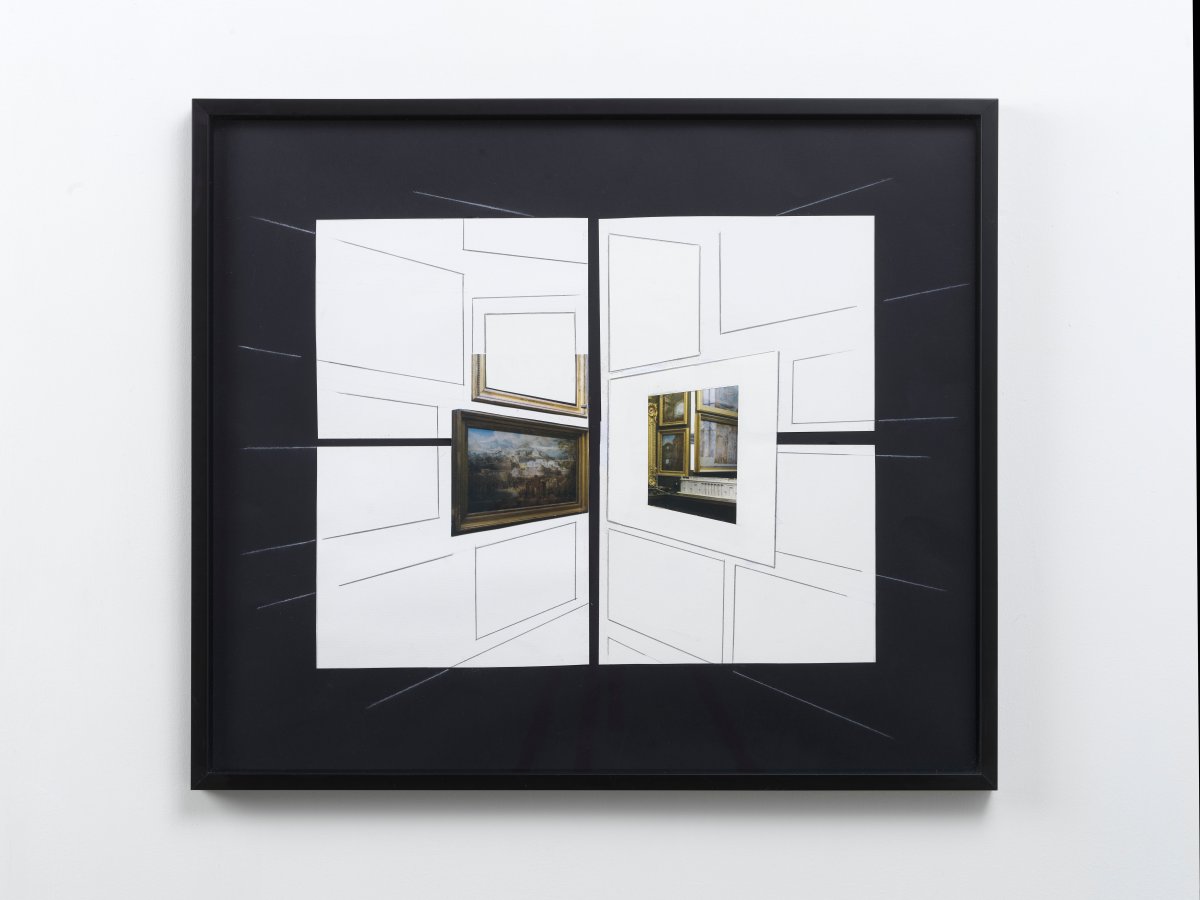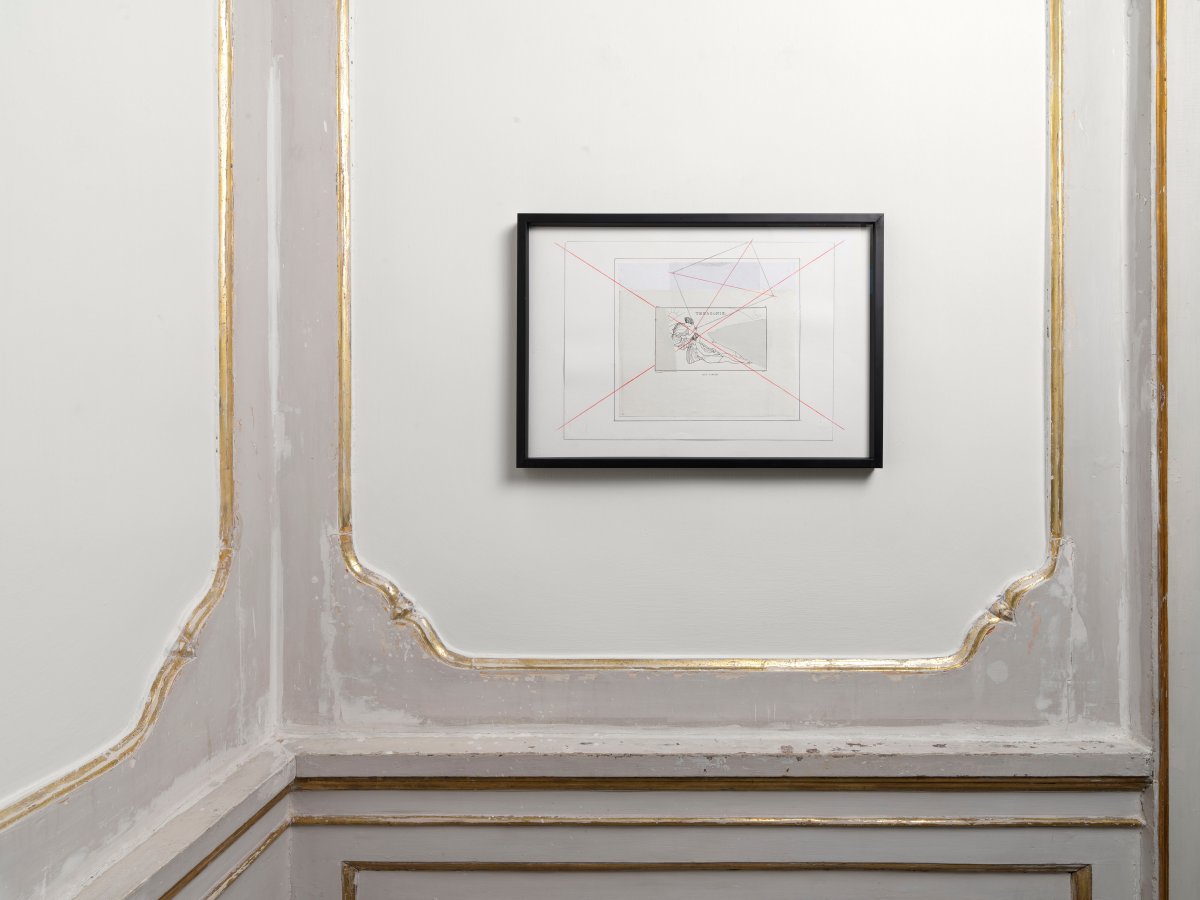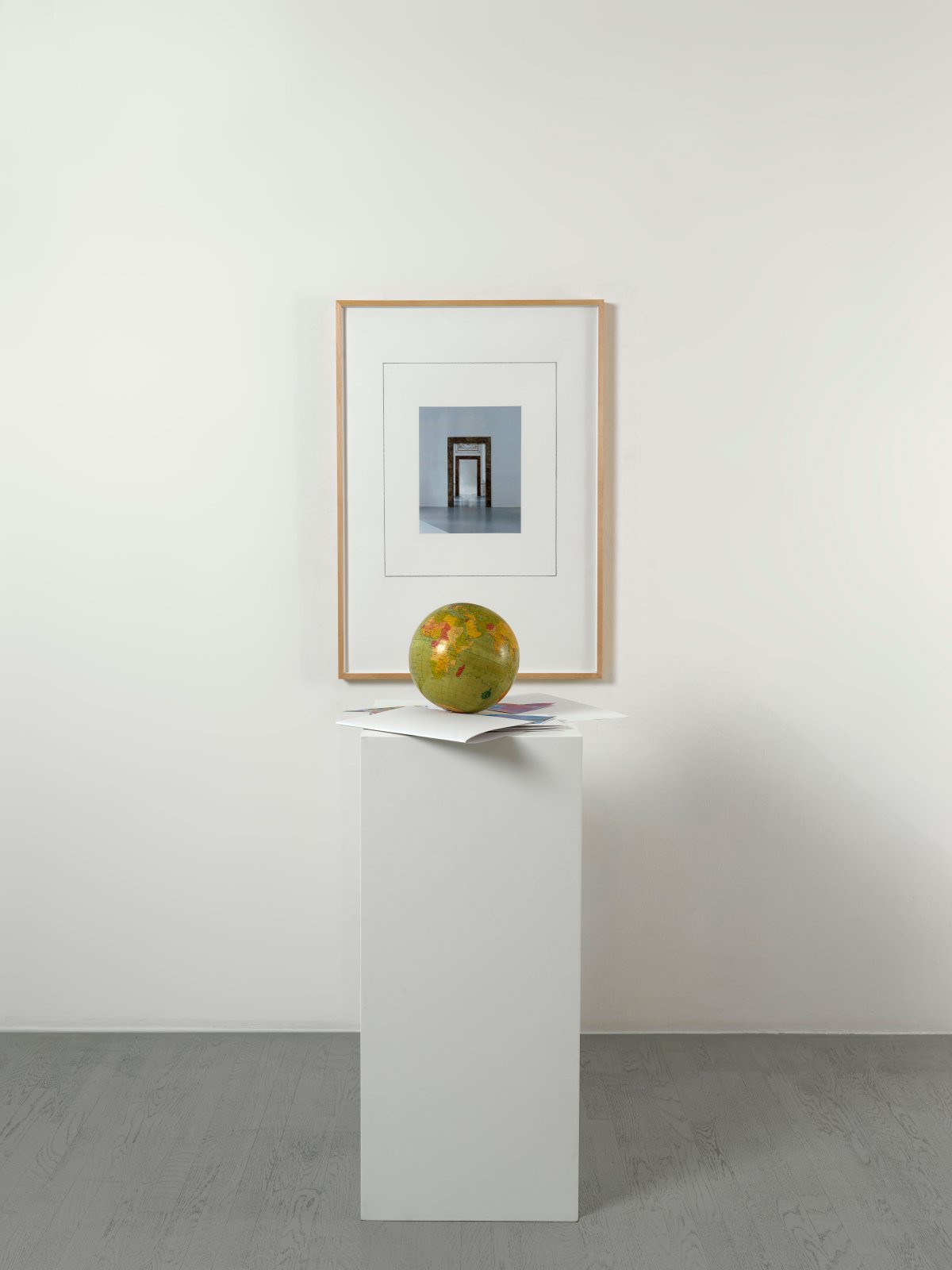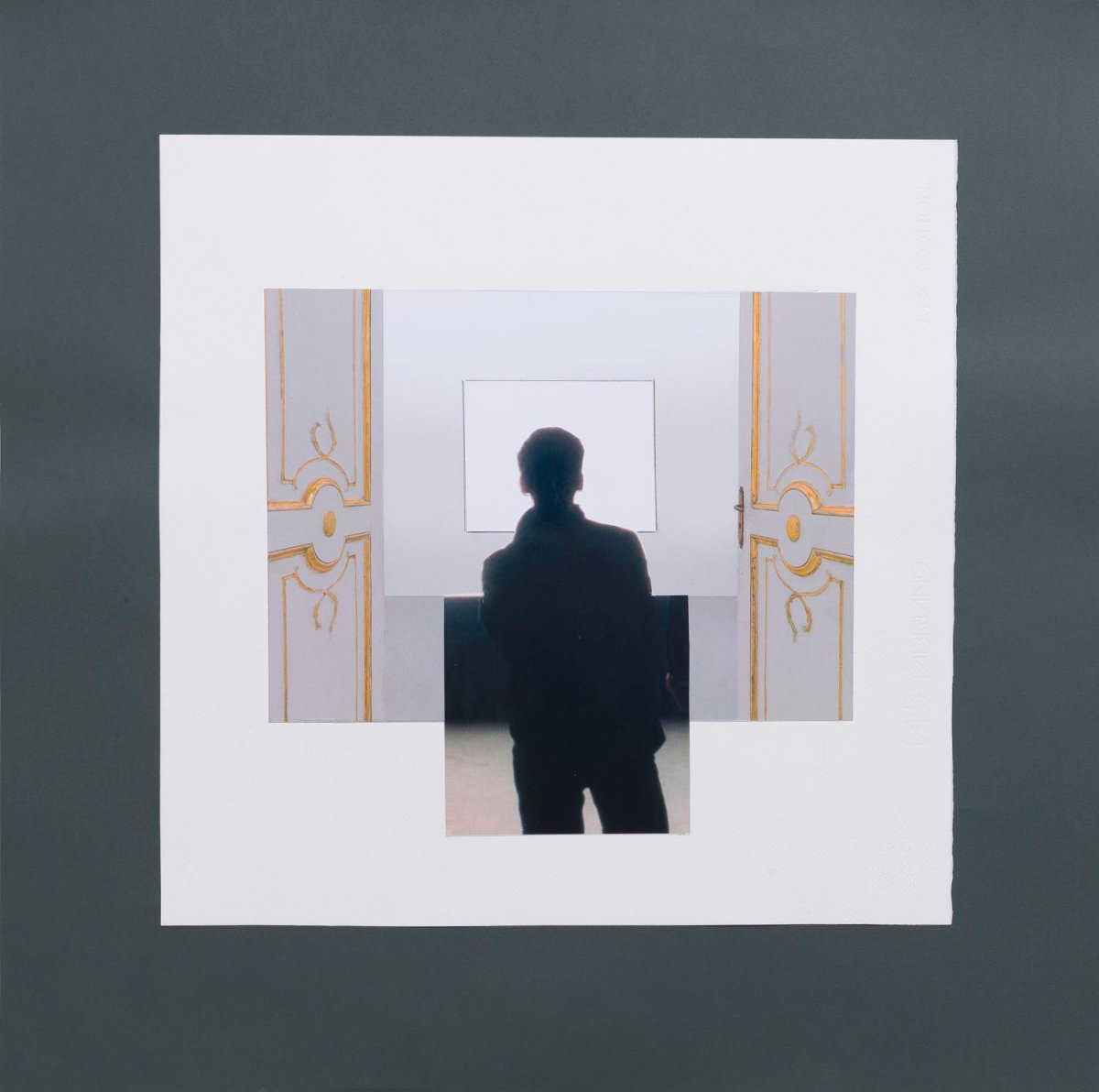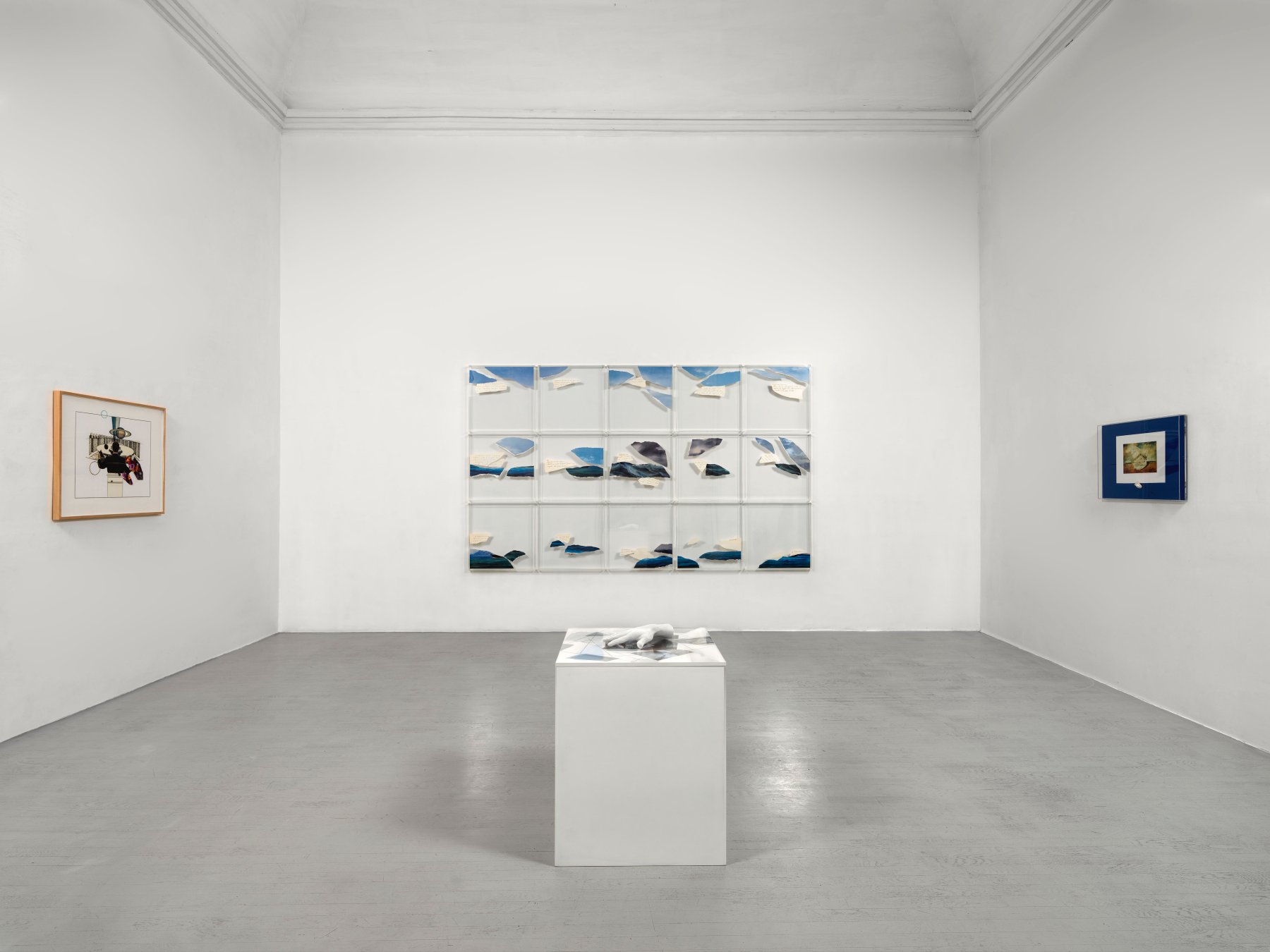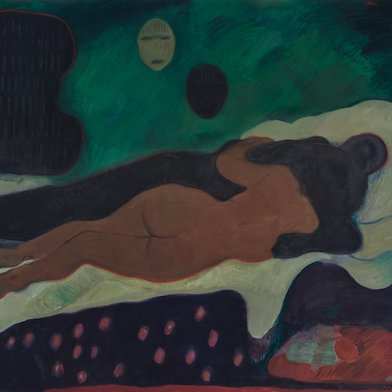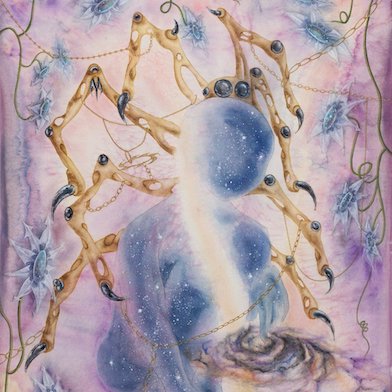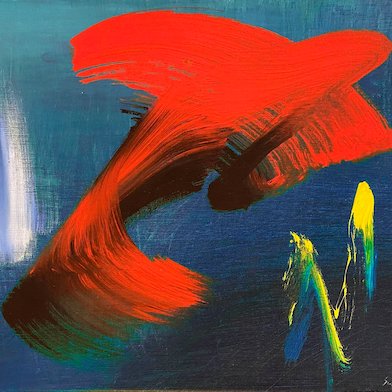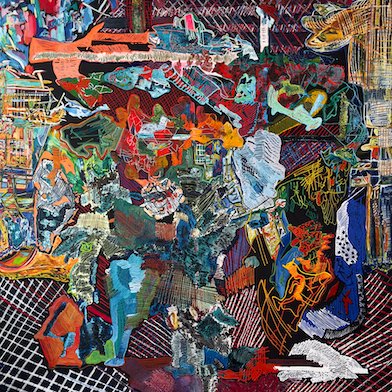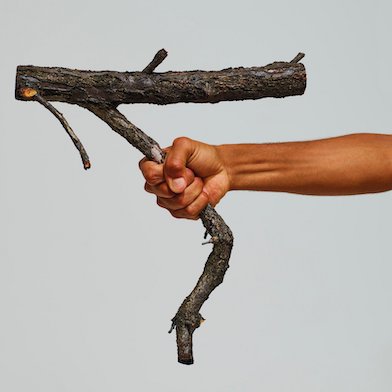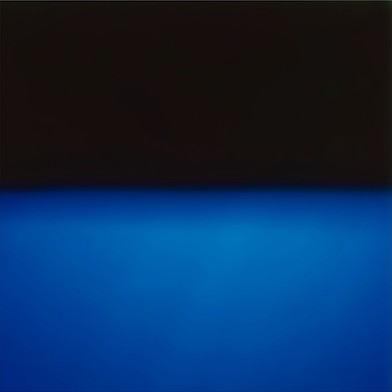Open: Mon-Sat 10am-7pm
Visit
Giulio Paolini: Dall’Italia
Alfonso Artiaco, Naples
Sat 2 Mar 2024 to Sat 27 Apr 2024
Piazzetta Nilo n.7, 80134 Giulio Paolini: Dall’Italia
Mon-Sat 10am-7pm
Artist: Giulio Paolini
Alfonso Artiaco presents Giulio Paolini’s solo exhibition Dall’Italia (From Italy). For his sixth solo exhibition at Alfonso Artiaco (with the previous having taken place in 2005, 2009, 2014, 2018 and 2021), Giulio Paolini is presenting eight works, six of which have been created especially for the occasion, together with a number of collages.
Landscapes and views will be hosted in the gallery spaces, where the realistic and metaphysical, natural and imaginary dimensions coexist happily within the exhibition layout. It is no coincidence that this exhibition is being held in Naples, a city that boasts historical, artistic and natural attractions in blissful harmony.
Paolini released the following statement with regard to the exhibition:
“I have had a preference for Italian themes and exhibition opportunities for some time now.
The progressive expansion of cultural borders, which certainly fosters mutual understanding of different experiences, does however pose a limit on the authentic correspondence between a work and one’s own story.
Here there are echoes and memories of authors, distant relatives of this new (or old) season of mine. A mini tour in six rooms: a world that is less vast yet more beautiful.”
The exhibition layout is a promenade that ranges from landscape details to universal cosmology, a conceptual stroll amidst timeless views.
In the first room, the work Detto (non) fatto (Said [Not] Done, 2010–2024) presents fifteen display cases arranged in three rows, each containing a fragment of the artist’s text Detto (non) fatto. Each case also contains one or more torn fragments of photographic reproductions of seas or skies, arranged to evoke a seascape, with the horizon at eye level: in the lower half of the case, the details are taken from pictures of seas (including the Bay of Naples), while in the upper half of the case, the details are taken from images of skies (clear at the top, cloudier near the horizon). Both the image and textual details endlessly distract from the vision or decipherment of a complete whole, instead inviting reflection on the very gesture of showing or revealing something absolute in the space allocated to the exhibition of an artwork.
In the collage Et in Arcadia ego (2024) the figure of the famous diver from Paestum plunges into Painting, symbolised by coloured fragments inscribed in an ellipsis evoking a wondrous unknown world. As we are reminded by the memento mori of the title, “Et in Arcadia ego” (I too was in Arcadia), the artist, immersed in art, finds his Arcadia in the creation of the work.
In the work L’enigma dell’ora (The Enigma of the Hour, 2024), the collage placed on a plinth features a pattern of staggered squares and torn fragments of photographic reproductions: a detail of Giorgio de Chirico’s painting that gives the piece its title stands out in the centre, surrounded by scattered details of the Piazze d’Italia (Squares of Italy, three works by Paolini already exhibited in the gallery in 2021). The collage is surmounted by a plaster hand, intent on fixing traces and memories of various places of a metaphysical nature.
In the second room, Prova d’autore (Author’s Proof, 2021) is a work on a plinth featuring a plaster cast of a hand holding a scroll, resting on two books with blank pages. The hand holds down an image with a cosmic subject and the detail of a photographic reproduction dominated by a mixture of colours over the double page of the open book. The cast, which refers to the author’s hand, evokes a work in progress, similarly to the still indistinct loose colours and the title of the work, which recalls the phase immediately preceding the definition of the image.
In the work Tutto e niente (All and Nothing, 2024), two vertical elements in Plexiglas cases are juxtaposed to form a painting. Each element consists of a passe-partout with multiple openings – the trimmed cut-outs form a dense pattern of geometric figures – that allow a glimpse of a multitude of fragments of photographic reproductions of disparate subjects (views, landscapes, floral images). The mysterious constellation evokes at once All and Nothing, as suggested by the title: echoes of the universe of images known so far or clues to unknown images still in the making; traces of a familiar past and at the same time tesserae of an unseen mosaic. On the blurred line between All and Nothing, the gaze is lost in the search for something that nevertheless remains elusive.
A F. de P. (2023) reproduces the work Conchiglia (Shell, 1933) by Filippo de Pisis, applied on a sheet of blue paper, on which two lines continue the horizon line that divides the painting. In the foreground, a real seashell echoes the painted one, alluding to the comparison between reality and representation.
The third room contains the work Firmamento (Firmament, 2024), the physical and symbolic heart of the exhibition. In the words of the artist: “The plaster sculpture of a male figure represents the author in the act of affixing ‘his’ signature (substituting the names of all ‘his’ authors for his own name) on the multitude of transparent sheets of paper placed on some precariously balanced music stands. The ink stain, a clump of writing, next to the draughtsman’s hand thickens on the sheet and corresponds to the sum of the names of the artists evoked and frequented by the author over the course of his long career.”
The fourth room is dedicated to a series of collages entitled Stanza delle apparizioni (Room of Apparitions, 2018 and 2024), all of them sharing the image of frames, understood as the ultimate potential space from which the image arises: each of the four collages presents combinatorial patterns, variations on the theme that stage the definition of an image.
The fifth room houses the work Teogonia (Theogony, 1982–2024), consisting of a drawing rack that holds an reversed canvas, with some fragments of paper with a cosmic subject trapped in the frame, illuminated by a spotlight placed nearby. By using the term “theogony”, which refers to the story of the birth of the gods, Paolini intends to evoke the mystery of the origin of Everything.
In the sixth and last room, the work Fuori scena (Offstage, 2024) consists of a wall collage that echoes a detail of the room itself, doubling the depth of the room in a kind of duplicated perspective. In front of the wall, a plinth supports an antique globe, generating a contrast between the photographic repetition of the limited space of the room and the boundless vastness represented by the globe.
Bookshop
-
 Giulio Paolini
Giulio PaoliniSale d’Attesa (in Italian)
Exhibition Publication
£30.00 : GalleriesNow.net
Add to cart -
 Giulio Paolini
Giulio PaoliniSale d’Attesa (in English)
Exhibition Publication, Repetto
£30.00 Out of Stock : Repetto
Read more -
 Repetto Gallery
Repetto GalleryMetamorphosis: the alchemists of matter a point of view on Arte Povera
Exhibition Publication, Repetto
£30.00 Out of Stock : Repetto
Read more

